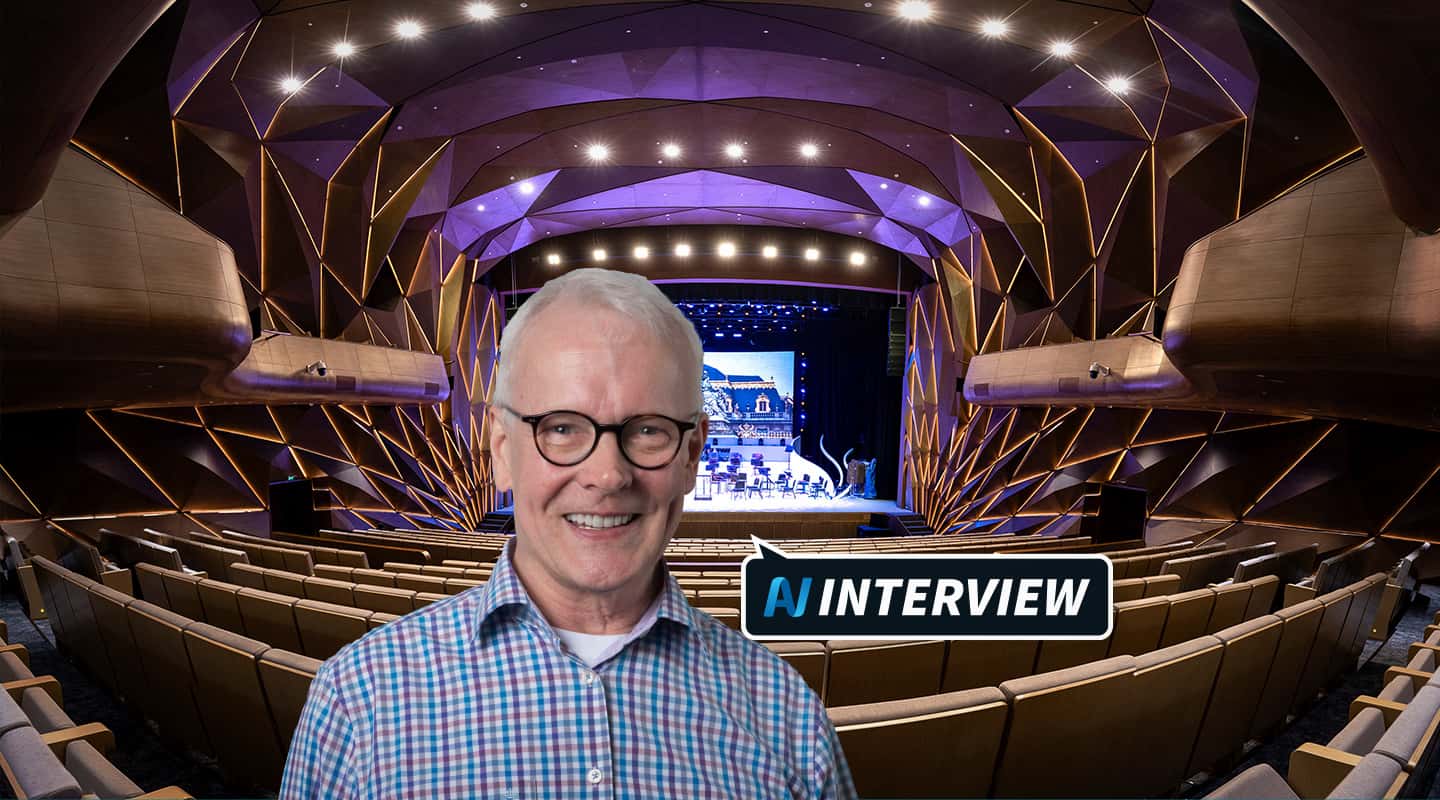
AV Interview: John Pellowe, Meyer Sound
John Pellowe, heads up Meyer Sound’s Constellation Acoustic Systems. We caught up with him for a chat at ISE where some significant Constellation developments were announced.
Interview:/ Christopher Holder
Grammy-Award winning engineer John Pellowe serves as project director for Constellation Acoustic Systems at Meyer Sound, one of a small team responsible for the calibration and voicing of Meyer Sound’s Constellation active acoustic systems throughout the world.
AV.technology: John, great to be speaking with you again. I first interviewed you in the early 2000s, just after you worked on the Three Tenors concert at the Forbidden City. You were telling me how Meyer Sound provided brand-new M3D line arrays straight out of the box for that gig.
John Pellowe: That’s right. That concert was significant—not just for the music but because it was the first time Western artists had ever been allowed to perform at the Forbidden City. Setting up was an adventure. The equipment arrived via the local TV station, and the mixing console looked as if it had been in storage for 20 years, but we got it all working in the end.
AV.technology: Clearly you’ve had a long association with Meyer Sound. Can you describe how your role with Meyer Sound evolved into leading Constellation?
John Pellowe: My background is in recording engineering: I worked at Decca, recording in some of Europe’s finest acoustic spaces like the Musikverein in Vienna and the Concertgebouw in Amsterdam. Later, I mostly worked in the US, and from 1985 onwards, I started mixing live concerts, including open-air and arena performances with Pavarotti.
That’s where Meyer Sound came in. Their speakers allowed me to bring a level of quality to live performances that simply wasn’t possible before. Over time, I became more involved with Meyer Sound, and when they developed Constellation, my experience with classical music made me a natural fit to help shape the system.
AV.technology: What was it about Meyer Sound that resonated with you?
John Pellowe: The philosophy: ‘Do it right.’ John and Helen Meyer have always prioritised quality over cost-cutting. From day one in 1979, they built products that performed at the highest level rather than compromising for budgetary reasons. That approach has attracted an incredible team over the years, and it’s why I’ve stayed with Meyer Sound for four decades.
AV.technology: Meyer Sound wasn’t the first to explore electroacoustic room enhancement, but would you say Constellation formalised the approach as a reliable solution?
John Pellowe: Yes, and it was a gradual process. The core algorithm behind Constellation was developed by Dr Mark Pelletti in New Zealand. Initially, it was licensed to LCS, a Canadian company that also wrote software for Meyer Sound’s Galileo loudspeaker management system when it was first released. Meyer Sound eventually acquired LCS, bringing some brilliant minds into the fold. From there, Constellation was refined into the system we have today.
AV.technology: What makes Constellation compelling in your mind? Is it about fixing problematic spaces, or is it more about flexibility?
John Pellowe: The most powerful thing about Constellation is its ability to optimise a space for any type of music. While it can’t reduce reverberation, it can certainly increase it. Many venues today, even those built for classical music, end up hosting rock concerts because it makes financial sense. Constellation lets you press a button on a controller and transform the acoustic environment instantly.
For musicians, playing in the right acoustic space makes an enormous difference. It makes for a better ensemble, a better performance, and a better experience for the audience. I come from live performance — whether it’s half a million people in Central Park or a concert hall, the goal is the same: create an unforgettable musical experience.
AV.technology: There are still some purists who argue that electroacoustic enhancement compromises the integrity of a performance. How do you respond to that?
John Pellowe: Early electroacoustic systems were indeed terrible, so the scepticism is understandable. But we’ve brought this technology to a whole new level. Musicians like Michael Tilson Thomas and John Adams, who once might have resisted, now see Constellation as an artistic tool rather than a compromise. It doesn’t replace natural acoustics — it enhances them and expands what’s possible in a venue.
AV.technology: How is Constellation evolving?
John Pellowe: The biggest change is the launch of our new NADIA platform, which significantly reduces costs. Constellation was never inexpensive, but we’ve made huge strides in affordability while improving performance. From February 1st, we introduced a new generation of Constellation processing, making the system even more powerful. I’ve already tuned a room with the next-gen technology, and it’s a noticeable improvement over the previous version.
AV.technology: With these cost reductions, I guess we are likely to see Constellation in smaller venues?
John Pellowe: Absolutely. The smallest room we’ve installed it in so far is just 6m x 10m with a 4m ceiling. We’ve also done multiple 400-500 seat venues, including ten cultural centres in Norway. Lower costs mean more venues can now justify investing in Constellation.
AV.technology: Budget constraints are often a bigger hurdle than physical size. Does this mean Constellation is now within reach of mid-tier projects?
John Pellowe: Yes. High-profile venues will always invest in premium systems, but our focus with the next-generation Constellation was to make it viable for smaller projects. Interestingly, Constellation can actually save money on new builds because it allows for a smaller room volume while still achieving excellent acoustics. That means lower construction costs and a faster return on investment.
AV.technology: Thanks, John. It’s fascinating to see how Constellation is developing and making its way into more venues.
John Pellowe: My pleasure, Chris. Always great to chat.

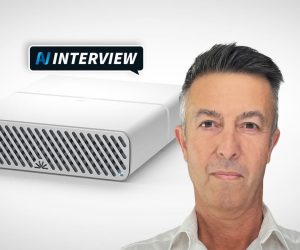

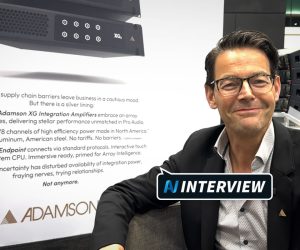

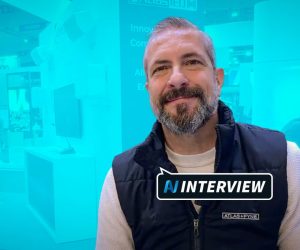



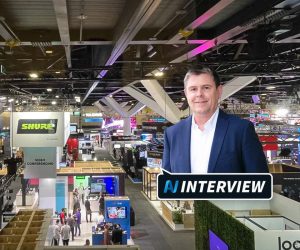


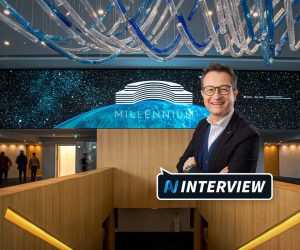


RESPONSES